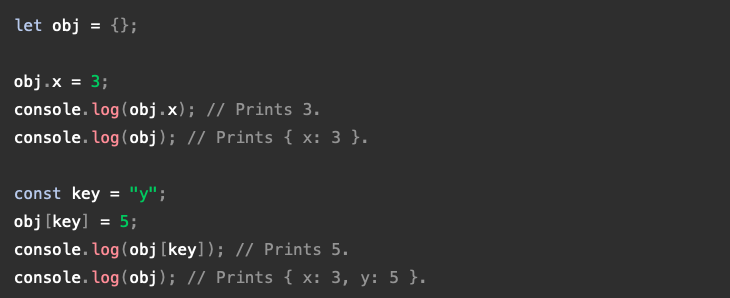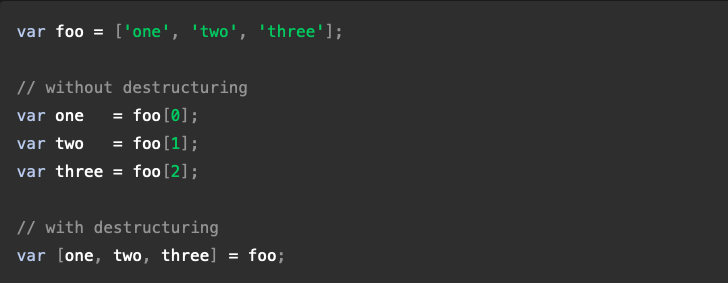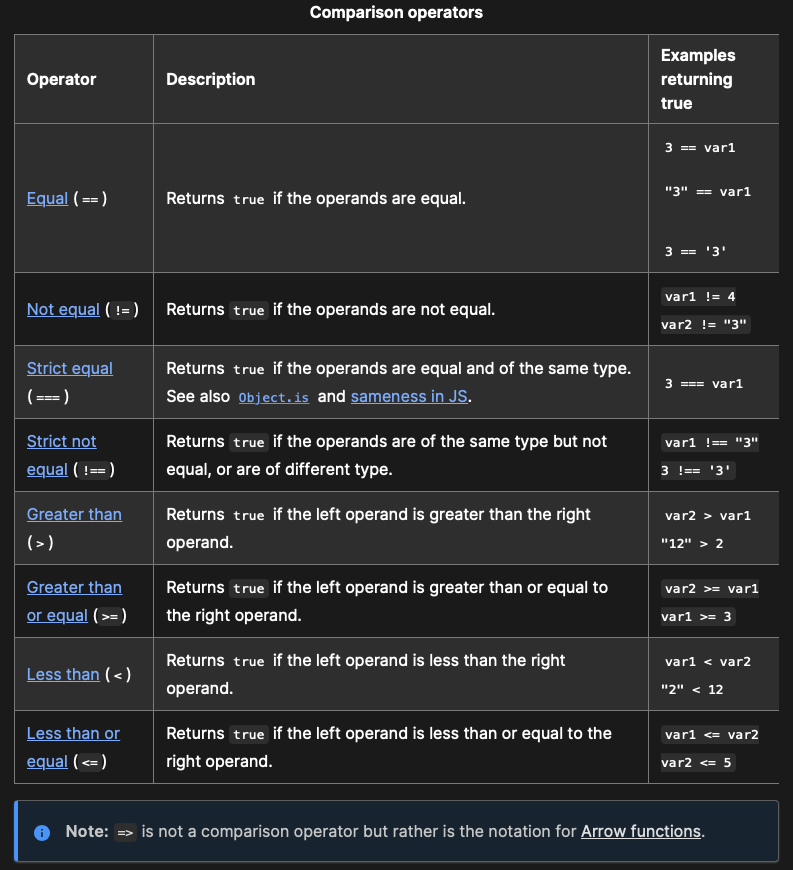reading-notes
Code Fellows reading notes
JavaScript Loops
Loops offer a quick and easy way to do something repeatedly.
You can think of a loop as a computerized version of the game where you tell someone to take X steps in one direction, then Y steps in another.
There are many different kinds of loops, but they all essentially do the same thing: they repeat an action some number of times. (Note that it’s possible that number could be zero!)
The various loop mechanisms offer different ways to determine the start and end points of the loop. There are various situations that are more easily served by one type of loop over the others.
The different statements for loops provided in JavaScript can be found here
For Statement Loop
A for loop repeats until a specified condition evaluates to false.
A for statement looks as follows:

When a for loop executes, the following occurs:
- The initializing expression
initialExpression, if any, is executed. This expression usually initializes one or more loop counters, but the syntax allows an expression of any degree of complexity. This expression can also declare variables. - The
conditionExpressionexpression is evaluated. If the value ofconditionExpressionis true, the loop statements execute. Otherwise, theforloop terminates. (If theconditionExpressionexpression is omitted entirely, the condition is assumed to be true.) - The
statementexecutes. To execute multiple statements, use a block statement ({ ... }) to group those statements. - If present, the update expression
incrementExpressionis executed. - Control returns to Step 2.
While Statement
A while statement executes its statements as long as a specified condition evaluates to true. A while statement looks as follows:

If the condition becomes false, statement within the loop stops executing and control passes to the statement following the loop.
The condition test occurs before statement in the loop is executed. If the condition returns true, statement is executed and the condition is tested again. If the condition returns false, execution stops, and control is passed to the statement following while.
To execute multiple statements, use a block statement ({ ... }) to group those statements.
While Loop Example 1
The following while loop iterates as long as n is less than 3:

With each iteration, the loop increments n and adds that value to x. Therefore, x and n take on the following values:
- After the first pass:
n=1andx=1 - After the second pass:
n=2andx=3 - After the third pass:
n=3andx=6
After completing the third pass, the condition n < 3 is no longer true, so the loop terminates.
While Loop Example 2
Avoid infinite loops. Make sure the condition in a loop eventually becomes false—otherwise, the loop will never terminate! The statements in the following while loop execute forever because the condition never becomes false:

Expressions and Operators
Assignment Operators
An assignment operator assigns a value to its left operand based on the value of its right operand. The simple assignment operator is equal (=), which assigns the value of its right operand to its left operand. That is, x = f() is an assignment expression that assigns the value of f() to x.
There are also compound assignment operators that are shorthand for the operations listed in the following table:

Assigning to Properties
If a variable refers to an object, then the left-hand side of an assignment expression may make assignments to properties of that variable. For example:

Destructuring
For more complex assignments, the destructuring assignment syntax is a JavaScript expression that makes it possible to extract data from arrays or objects using a syntax that mirrors the construction of array and object literals.

More about Assignment Operators
Comparison Operators
A comparison operator compares its operands and returns a logical value based on whether the comparison is true. The operands can be numerical, string, logical, or object values. Strings are compared based on standard lexicographical ordering, using Unicode values. In most cases, if the two operands are not of the same type, JavaScript attempts to convert them to an appropriate type for the comparison. This behavior generally results in comparing the operands numerically. The sole exceptions to type conversion within comparisons involve the === and !== operators, which perform strict equality and inequality comparisons. These operators do not attempt to convert the operands to compatible types before checking equality. The following table describes the comparison operators in terms of this sample code:

